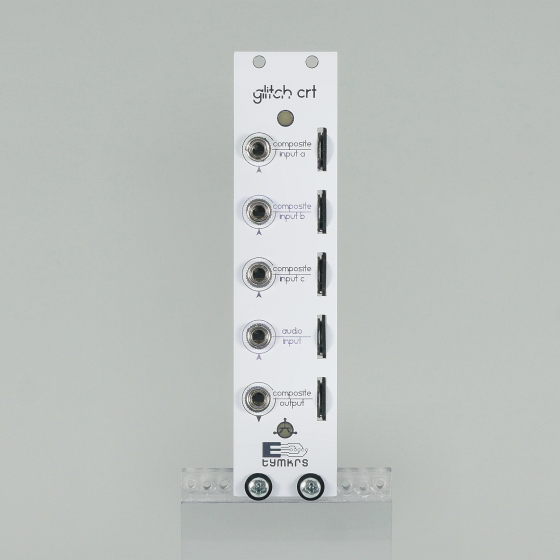
Just some toys we're working on for our tindie store.
Glitch CRT
A 'dirty' composite video mixer for eurorack video synthesizer punks. Mixes up to three composite video sources and up to one audio source together. This can result in a controlled glitched out video signal ... or complete trash ... depending on how hard you push it :D

EPILEPSY WARNING - The GlitchCRT tests include flashing colors and lights!
In this test, the audio is a simple drum pattern, two oscillators, and an LFO. The oscilloscope X axis is being controlled by one of the oscillators summed variably with the LFO, which the Y axis is controlled by the other oscillator. There are two video sources. The first video source is a live camera feed of the oscilloscope screen. The second video source is an NTSC signal generated by another toy we are working on called Pixytron. While the test is running, I am adjusting the balance between the sources (audio, camera, Pixytron) along with the frequency of each oscillator / LFO. I particularly liked how the frequency modulation of the oscillators can be tuned to sweep up into the perfect frequency range to effect the colorburst component of the NTSC signals.
In this test, the audio is an Elektron Model:Samples. There are three video sources. The first video source is a live camera feed of the test bench. The second video source is a Super Nintendo running the Secret of Mana title screen. The third video source is a Comodore 64 running a classic BASIC infinite maze program. The video output of Glitch CRT is being projected onto the test bench by an old LCD projector. While the test is running, I am adjusting the balance between the sources (sampler, camera, snes, c64) while performing live on the groove box. I particularly liked how the audio glitch turned a projector into a lightshow that reacted to the music.
In this test, the audio is an Elektron Model:Samples. There are two video sources. The first video source is a feedback loop of a live camera pointed at a CRT display (displaying the output of GlitchCRT). The Second video source is a VHS tape of a YouTube video of a graffiti writer (KONG HALVOR) painting a wall. While the test is running, I am adjusting the balance between the sources (sampler, camera, VCR) on Glitch CRT while performing music live on the sampler. This time, the composite output of Glitch CRT was going to the input of an AV to HDMI video upscaler. I particularly liked how sharp / contrasted / and saturated the glitch effect showed up through the video upscaler.
To learn more HTML/CSS, check out these tutorials!
